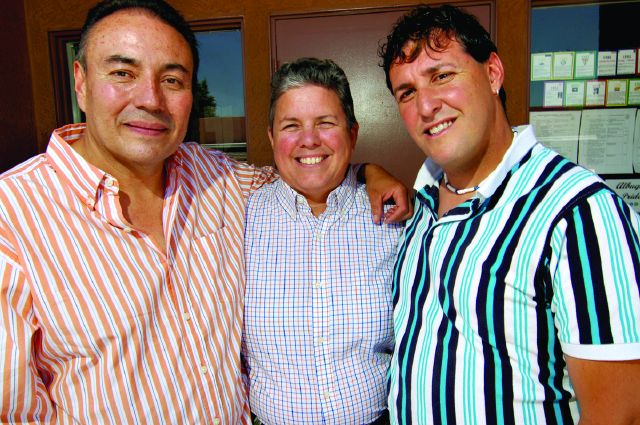March To The Beat Of A Different Drum
Albuquerque’s Gay Pride Parade Has Gone From A Picnic In The Park To The Third Largest Parade In New Mexico

Latest Article|September 3, 2020|Free
::Making Grown Men Cry Since 1992

